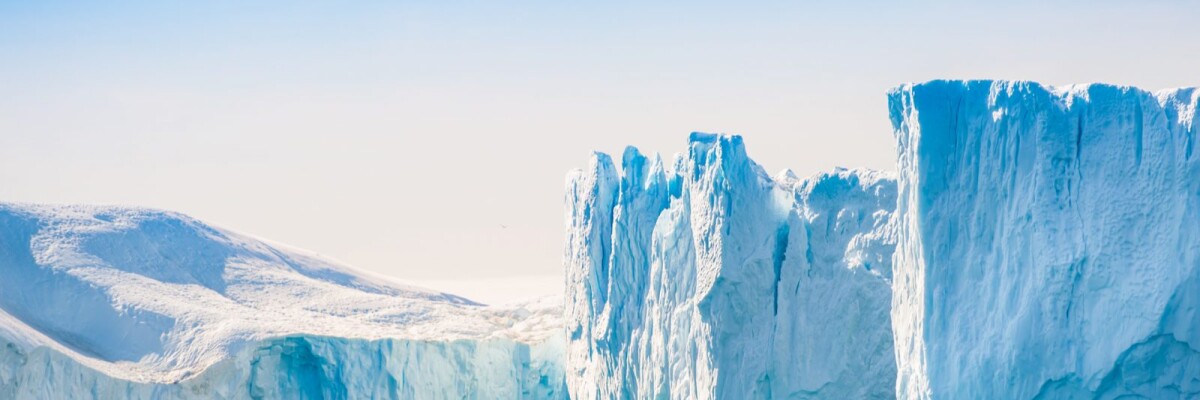Last autumn, scientists discovered a 30-kilometer crater hidden under the Hiawatha Glacier. Recently, an even larger depression was found close to it: its diameter is 36.5 km.
The both craters were discovered by NASA research team headed by Joseph MacGregor. The cavities beneath the Hiawatha and Thwaites glaciers were spotted by IceBridge aircraft used by the scientists in their work.
The researchers are of the opinion that the both craters were formed as a result of meteorite falls that took place at different times. It is evidenced by their shapes and the higher erosion degree of the second crater. The age of the both cavities is estimated to be at least 100 thousand years.
There are about two hundred such craters on Earth, but the Greenland ones are of particular interest, as they are buried under a thick layer of ice.
The newly discovered crater does not yet have a name, but the researchers are proposing that it should be named after their late colleague Stan Paterson, who has made an outstanding contribution to Greenland glacier studies.
Share this with your friends!





Be the first to comment
Please log in to comment